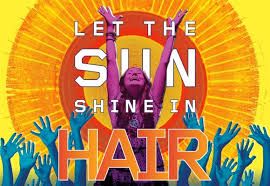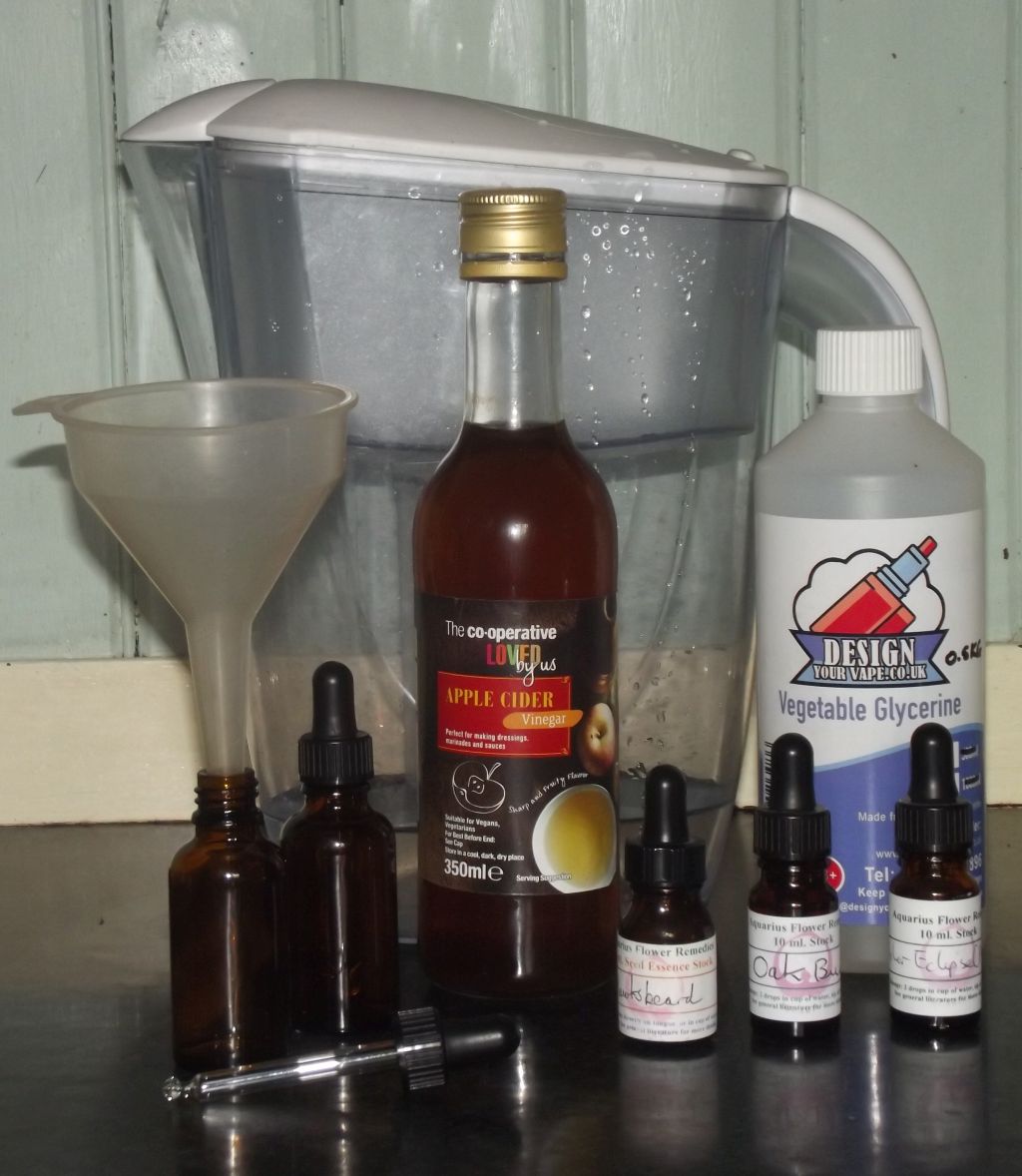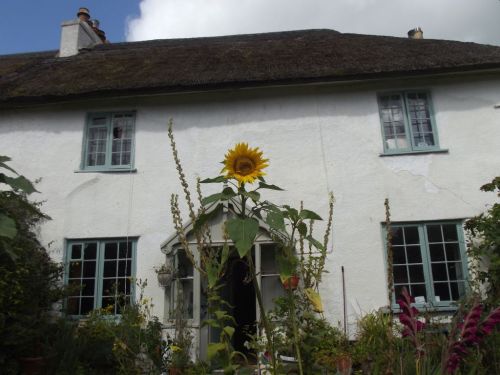Questions and Answers
Isn’t a flower oil just another name for an infused oil?
No, flower oils are not infused oils. Although there are some similarities in the method of making, there are some major differences that create a completely different type of oil. Whereas roots, leaves, stalks and petals are steeped in oil for 2 to 3 weeks to create an infused oil, only the flowers of the plant are left in oil for a maximum of 3 hours in direct sunlight to create a flower oil. This process of making flower oils is called solarisation and is also the most common method used in the preparation of flower remedies. Infusing plant material in oil over a long period of time draws some of the chemical constituents, while solarising flowers in oil only transfers the vibrational impulse of the flower into the oil. In some cases infused oils can be used for the same conditions as flower oils but in the main the vibrational impulses of flower oils are used to treat different states from their infused counterparts.
How do I use a flower oil?
Very much as you would an essential oil. For massage, mix four drops in a base oil such as almond or grape seed. Up to eight flower oils can be used at any one time. Essential oils can also be added to the base oil so there is a flower/essential oil blend. Unlike essential oils, though, flower oils can be used undiluted, applied directly onto the skin from the bottle.
It is widely accepted that vibrational essences such as homoeopathic and flower remedies cannot be mixed with essential oils: the pungencies of the oils are far too strong for the subtle energies of vibrational essences. This is not the case with flower oils, however, as the vibrational nature of these oils is far more robust and dense than their flower remedy counterparts. For this reason it is strongly recommended that the bottles are given a quick vigorous shake before use. Oil is a very dense carrier for a vibrational essence which lies dormant until the shaking activates its energetic healing potential. Warming the oil is another way in which the vibrational energy of the flowers is activated, so before applying to the skin rub the oil in the palms of the hands. The more the skin is massaged with the flower oils the more energy is released for absorption into the subtle anatomy.
Unlike essential oils, no flower oil is contra-indicated, hazardous, toxic or photosensitive. Some essential oils are irritants to the skin, yet all flower oils can be applied neat to the skin. Also the flower oils can be taken internally with no danger of any side-effects, which is very useful for those who are unable or unwilling to use flower remedies suspended in alcohol.
How are flower oils made?
A clear glass bowl is filled with oil, olive oil in the case of the flower oils described in this book as they were all made in the Mediterranean, and placed in the sun. Freshly picked flowers are placed in the oil and left in the sunlight for up to 3 hours. It is the action of the sunlight that draws the therapeutic impulse from the flowers. This process is similar to that used in making flower remedies, but oil instead of water is used. One big difference is that flowers float on water but sink in oil, which means that the quality of the vibrational impulse passing from the flowers to the oil is much heavier, denser and slower than that which passes into the water. It is important to ensure that whilst solarising in this way none of the physical properties of the flowers are drawn into the oil. Solarisation is concerned with capturing only the vibrational impulse of the flowers, not any chemical substances. Under strong sunlight periods much shorter than three hours have to be used for certain delicate looms in order to avoid any physical material of the petals contaminating the oil.
Once the flowers have been removed from the bowl, the oil is bottled. There is then a dilution of the original oil, called the mother oil, in another oil. No more than four drops of the mother oil are added to each 10 ml bottle before the internal dropper is fitted and the bottle is ready to use. The physical contents of each bottle are therefore pure oil. However, this is merely the carrier for the vibrational impulse of the flowers that were captured in the initial solarisation process. This corresponds directly to the stock level of dilution used in the preparation of flower remedies.
What is a vibrational impulse or essence?
Vibrational impulses or essences are not medicines but catalysts which work to integrate mind, body and spirit. Since they nourish the emotional, mental and spiritual aspects of our being they have been likened to ‘food for the soul’. Chemical analysis is unable to detect the negligible amount of flower extract in the bottles. Essences are physically dilute and do not work by biochemical intervention as do pharmaceutical drugs. Rather they work through the principle of energetic resonance. The process of solarisation creates an energetic pattern in the oil or water that can be transmitted to the person orally or through their skin. The vibrational impulses of flowers cannot create side-effects, they are non toxic and have been used safely by professional and non-professional healers for over 80 years.
How are the therapeutic qualities of flower oils and remedies determined?
The process of discovering the healing properties of flowers started in the late 1920s with the work of Dr. Edward Bach, the creator of the now famous Bach Flower Remedies. This form of complementary therapy has moved on a great deal since those early days without losing sight of his most valuable pioneering work. As in his time, the primary method to discern a flower’s healing potential is intuition. Each producer has their own unique way of connecting with their intuitive nature. The vast majority of the flowers described here were made in the Mediterranean area: on the Greek island of Symi, just north of Rhodes, the mountains and coast of Andalucia, southern Spain and eastern Spain, in the province of Valencia. My travels into the Algarve and Alentejo provinces of southern Portugal also provided some of the remedies.
Four trips were initially made to the island of Symi during four springs before a full understanding of the project emerged. Initially the flowers were made into flower remedies. However, on the last visit the oils were made and the descriptions modified to reflect the heavier and denser vibrations captured in the oils. Along with intuition, astrology and contacts with the Greek god Prometheus were employed in order to discern the energies of the flowers. By the time the second half of this collection was undertaken, in Spain and Portugal, the flowers were being solarised in oil and also in water at the same time. As a result there are two sets: flower oils and their parallel flower remedies. Both, or either can be used, depending on personal requirements.
Do flower oils and remedies have any effect upon the physical body?
No, not directly. Flower oils and essences work upon the human aura or subtle anatomy, the bioelectric energies that surround and inter penetrate the physical body. At this level of our being the vibrations of the flower oils have a powerful influence. Dis-ease resides not just in the physical body but the subtle anatomy too. In the vast majority of cases the dis-ease will have been present in the aura as a dysfunctional energetic pattern for some time before it impacts upon the physical body. Dis-ease is much easier to treat within the aura than the physical body as it is not as dense, not fully manifest. Flower oils treat the imbalances of the aura which in turn can influence the body if there are corresponding physical imbalances. This means that any changes that occur on the physical level will only be an indirect result of the use of flower oils.
Dowsing is a common method of prescribing flower remedies. Is this the case with flower oils?
Yes, flower oils lend themselves readily to dowsing. The best method is to take a box of the oils in one hand and with the other dowse, asking if any of the oils would be suitable for the treatment. A positive swing on the pendulum would indicate a ‘yes’, so open the box and ask the same question for each individual bottle, until the appropriate bottle or bottles are discovered. Go through all the other boxes in the same manner. If more than eight flower oils have dowsed positively, dowse each of these positive bottles again, holding in mind the question, “Is it acceptable to discard this oil ?” This should get you below eight bottles.
Choosing in this manner allows the descriptions to be studied and may well give insights into individual circumstances.
Can the flower oils and flower remedies be used together?
Yes, indeed they can. An excellent way to combine the two is to choose oils to use in a massage and make up a dosage bottle of the parallel flower remedies to take away. The therapeutic vibrations of the oils are then reinforced by the regular oral taking of the flower remedies.
A dosage bottle is normally a 30 ml. dropper bottle filled with one part brandy to three parts spring water to which four drops of the chosen flower remedies are added. This should be taken regularly, four drops, four times daily. The bottle will last approximately one month.







